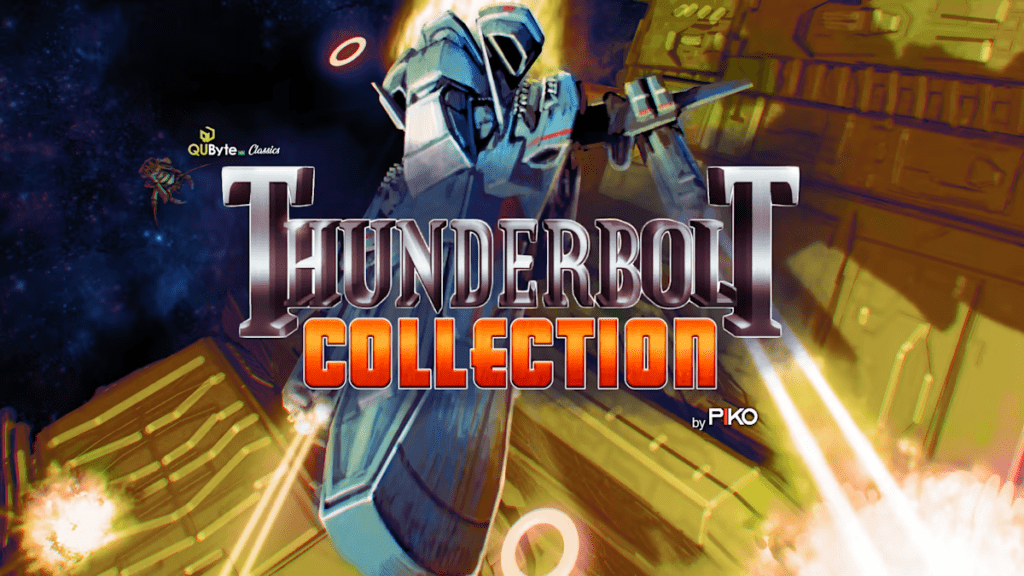
There are a ridiculous number of obscure old shmups out there. Some of them, like Recca or Crisis Force are absolute masterpieces. They feature parallax scrolling, complex bullet patterns, the works. These old Famicom titles are all remarkable uses of simplistic technology in an 8-bit shell. Later, the 16 bit shmups would wow us even more with stuff like Thunderforce III and MUSHA.

QUByte Interactive has decided to bring us a couple of those obscure shmups in the form of QUByte Classics: Thunderbolt Collection. This $8 collection releases the original 8-bit Thunderbolt game alongside its 16-bit counterpart, Thunderbolt II. Both games are accessible from the main menu, once you figure out how to navigate it, since it’s a bit unwieldly.
In Thunderbolt, you’re playing a vertical shmup designed for a horizontal screen. This is a direct-to-console game, not an arcade port so the layout isn’t too bad, but the gameplay is another story. Thunderbolt is a standard vert but the flicker is so bad it’s almost impossible to even see the bullets half the time, much less dodge them. Very few games look this bad on the NES, especially by 1995 and the sheer bad programming that went into this is astonishing, especially since a game like Crisis Force was out four years earlier.
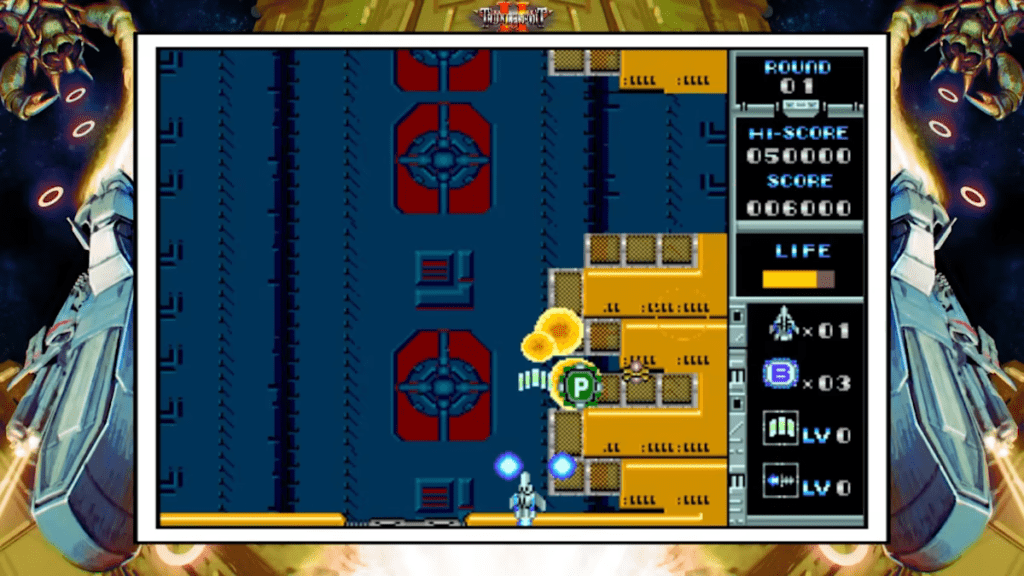
There are three types of powerups in Thunderbolt but every hit you take drops your power and half the time, they float into you while you’re dodging, leaving you with the wrong weapon for the task. Powerups are hard to distinguish from each other due to the muddy palette and if you’re not paying attention, it’s easy to muck it all up trying to grab the wrong one. They spread on the weapons is odd and it’s hard to even hit enemies with how fast they are. Honestly it’s one of the most irritating gameplay systems ever for a vintage vertical shmup, almost like they just tacked on mechanics but didn’t actually playtest them to see how anything worked.
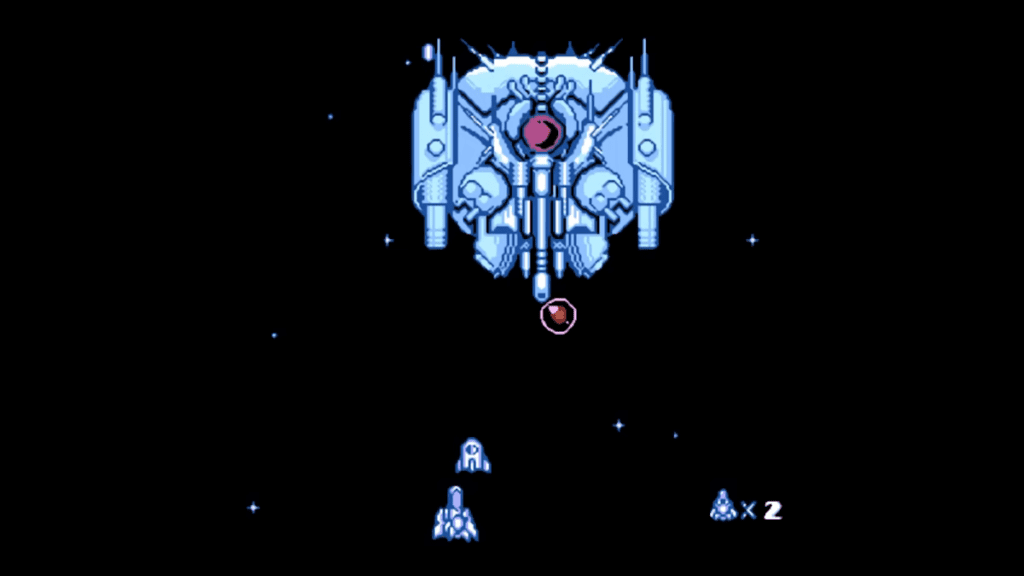
Then there are the bosses. Bosses in Thunderbolt are utterly vicious with almost zero margin for error, cheap bullet patterns, and rapid movements. Assuming you can make it through an entire stage without losing a single life, expect to lose them all on the first boss. Oh, and you can’t credit feed either because continues start at the beginning of a level. Basically, Thunderbolt is borderline unplayable and it’s a weird choice to release in this day and age. It’s hard to imagine any but the hardest of the hardcore players that have beaten literally everything else wanting to even play it. And even they would probably analyze the mechanics and take a pass.

It would be great to say that Thunderbolt II is a different story. It isn’t. Sure, the screens look nicer because it’s a 16-bit game instead of an 8-bit one, but the utter lack of refinement here is honestly painful. The flicker is nearly as bad as the NES version, the powerups are just as irritating, the bullets are ridiculously hard to dodge and the bosses are inevitably just as difficult. If you took every bad shmup and combined their mechanics, you’d probably end up with Thunderbolt Collection. It’s truly hard to make a game this unpleasant to play.
Now, there are some ‘quality of life’ improvements to Thunderbolt Collection. They don’t make the games any more fun or any better, but at least you can quick save, kill a few things, quick save, kill a few things and incrementally progress if you simply have to finish both games because you’re under a sorcerer’s spell or something. But for those of us who haven’t been magically hexed to play bad games, why bother? There are some screen adjustments available as well and a difficultly setting, but even lowering the difficulty doesn’t make Thunderbolt Collection any more fun.
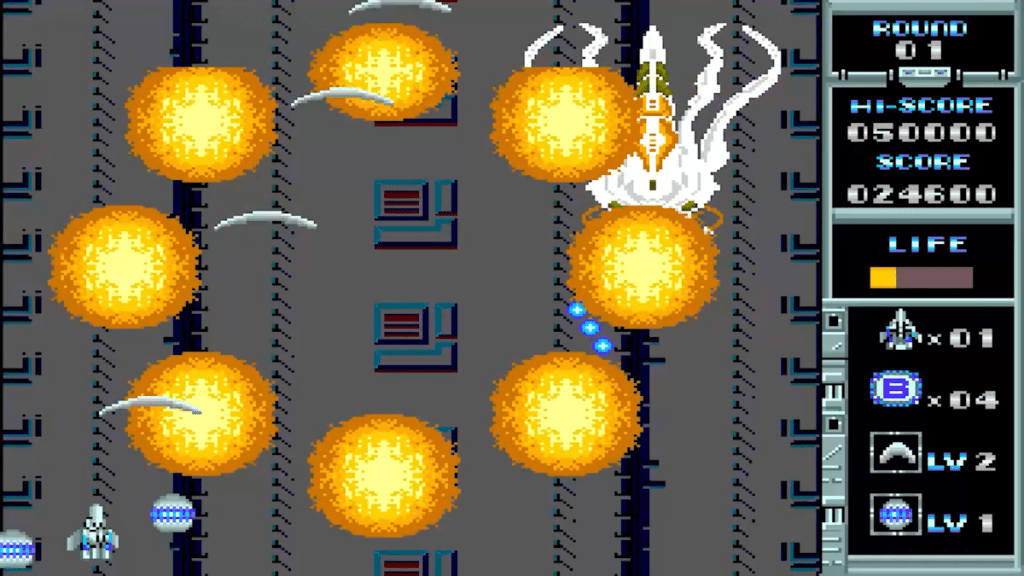
The simple fact is that QUByte Classics: Thunderbolt Collection is a collection of two incredibly sub-standard shmups that are, in point of fact, also not classics. They’re just bad games that no one bothered to ever localize before because they’re legitimately not worth playing. That’s a shame because it’s not like the potential isn’t there with the overall game design. These could theoretically be updated and salvaged. But so many other good shmups are out there that it’s simply not worth your time to play Thunderbolt Collection. This is one release that’s just better off avoided.
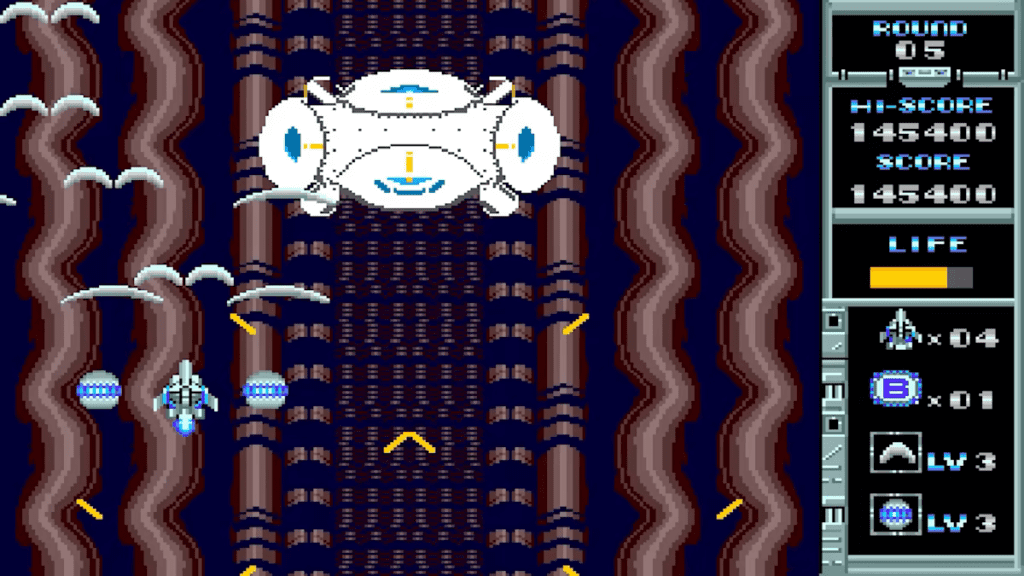
This review was based on a digital copy of QUByte Classics: Thunderbolt Collection provided by the publisher. It was played on a Nintendo Switch in both docked and undocked modes and played the same in both. QuByte Classics: Thunderbolt Collection is also available for PS4 and Xbox.

